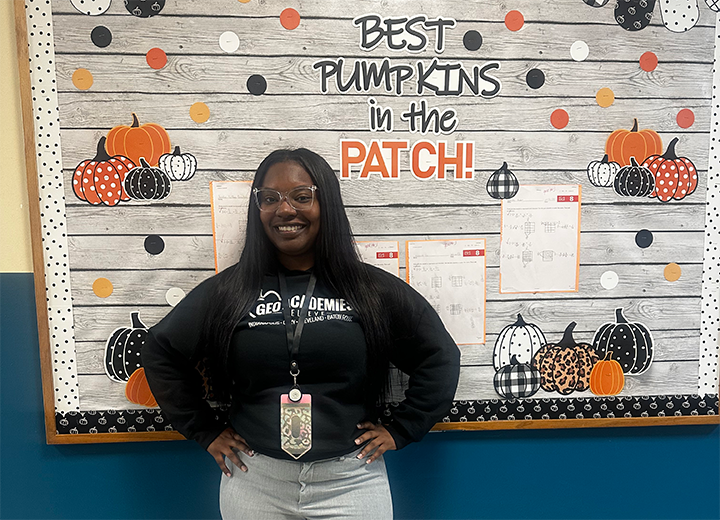As educators, our primary goal is to empower students with the tools and mindset necessary to thrive not only within the walls of our classrooms but also in the vast landscape of life itself. One powerful concept that has gained significant recognition in recent years is the "growth mindset." The growth mindset, coined by psychologist Carol Dweck, is a transformative philosophy that has the potential to revolutionize the way we approach teaching and learning.
Understanding the Growth Mindset
At its core, a growth mindset is the belief that abilities and intelligence can be developed through effort, perseverance, and learning. In contrast, a fixed mindset assumes that abilities are static traits, and failure is an indication of one's limitations. When students adopt a growth mindset, they are more likely to embrace challenges, persist through setbacks, and ultimately achieve higher levels of success.
Creating a Growth-Mindset Environment
As educators, we have the incredible opportunity to shape the mindsets of our students. Here are some strategies to create a growth-mindset environment in your classroom:
- Embrace Mistakes as Learning Opportunities: Encourage students to view mistakes as stepping stones on the path to mastery. Highlight stories of famous inventors, scientists, and artists who encountered failures before achieving greatness.
- Praise Effort and Strategy: Instead of praising innate talent, acknowledge and celebrate the effort, perseverance, and effective strategies that students employ to overcome challenges.
- Provide Constructive Feedback: Offer specific feedback that focuses on the process rather than just the end result. Help students see areas for improvement and guide them on how to approach those areas differently.
- Promote a "Yet" Mindset: Introduce the power of the word "yet" to students' vocabulary. For example, instead of saying "I can't do this," encourage them to say "I can't do this yet." This simple shift underscores the potential for growth and development.
- Set Realistic Goals: Help students set achievable goals that encourage them to stretch their abilities. Break down larger objectives into smaller milestones, allowing them to track their progress and experience a sense of accomplishment.
- Model a Growth Mindset: Demonstrate your own growth mindset by sharing personal stories of challenges and triumphs. This authenticity can inspire students to adopt a similar perspective.
Measuring Success Beyond Grades
While grades are one form of assessment, they do not define a student's true potential. A growth mindset encourages educators to look beyond test scores and instead focus on the progress, effort, and attitude displayed by each student. By shifting our emphasis from fixed achievement to ongoing development, we can foster a love for learning that extends far beyond the classroom walls.
In conclusion, cultivating a growth mindset in the classroom is a powerful strategy for nurturing resilient, motivated, and successful learners. By fostering an environment that celebrates effort, embraces challenges, and promotes a belief in the potential for growth, we equip our students with a mindset that will serve them well throughout their lives. As educators, we have the privilege of shaping not only academic success but also the very way our students perceive themselves and the world around them.


















%2015.png)
%20100.png)
%203%20%2B%20Spotlight.png)
%209.png)
%208%20%2B%20Spotlight.png)
%208.png)
%207.png)




%204.png)
%203.png)
%202.png)
%201.png)
.png)
.png)

.png)

.png)
.png)
.png)
.png)
.png)
.png)
.png)